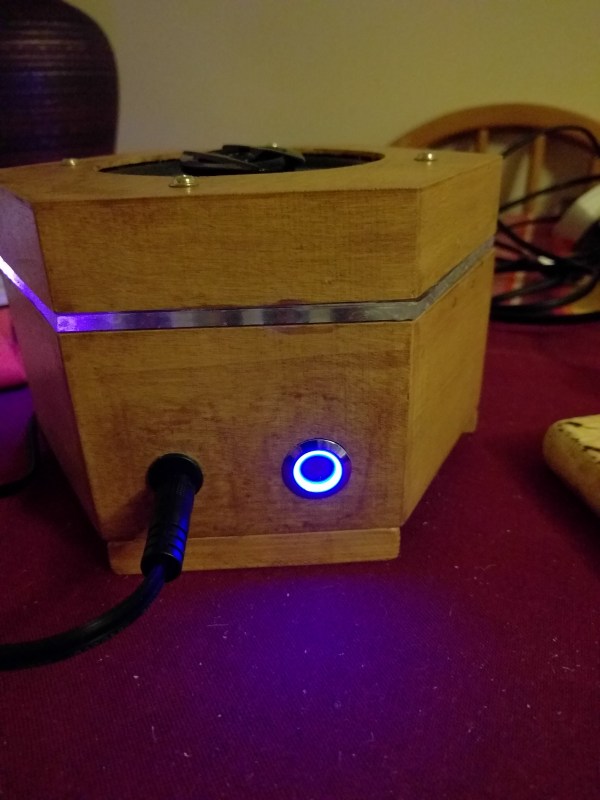
It’s funny, how obsessed we are with qualifications these days. Kids go to school and are immediately thrust into a relentless machine of tests, league tables, and exams. They are ruthlessly judged on grades, yet both the knowledge and qualifications those grades represent so often boil down to relatively useless pieces of paper. It doesn’t even end for the poor youngsters when they leave school, for we are now in an age in which when on moving on from school a greater number of them than ever before are expected to go to university. They emerge three years later carrying a student debt and a freshly-printed degree certificate, only to find that all this education hasn’t really taught them the stuff they really need to do whatever job they land.
A gold standard of education is revealed as an expensive piece of paper with a networking opportunity if you are lucky. You need it to get the job, but in most cases the job overestimates the requirement for it. When a prospective employer ignores twenty years of industry experience to ask you what class of degree you got twenty years ago you begin to see the farcical nature of the situation.
In our hackspaces, we see plenty of people engaged in this educational treadmill. From high schoolers desperately seeking to learn something other than simply how to regurgitate the textbook, through university students seeking an environment closer to an industrial lab or workshop, to perhaps most interestingly those young people who have eschewed university and gone straight from school into their own startups.


















